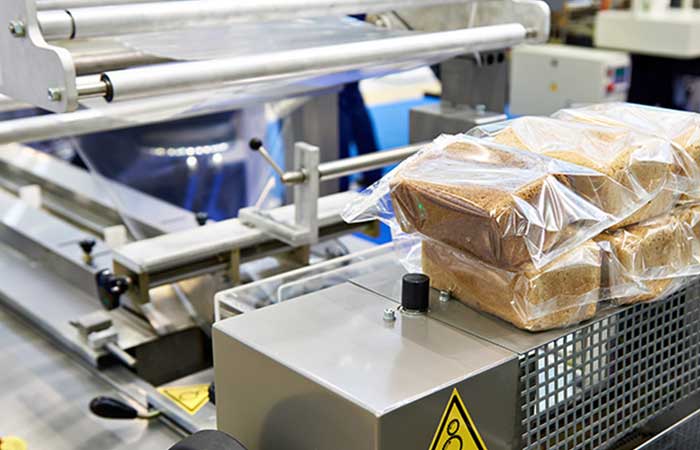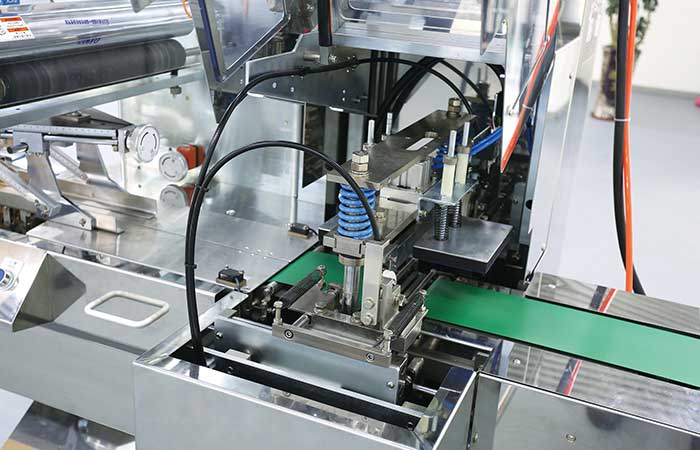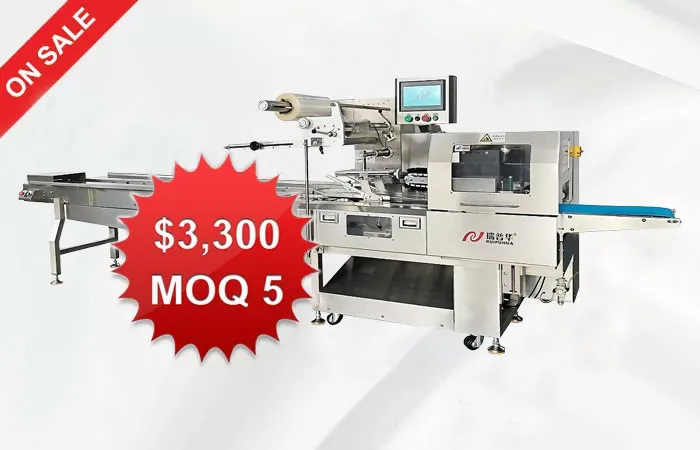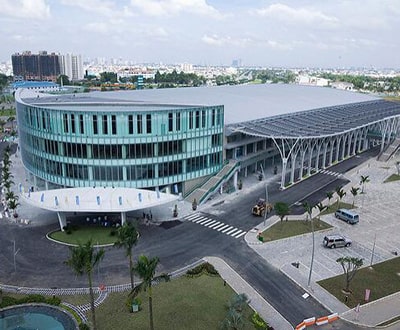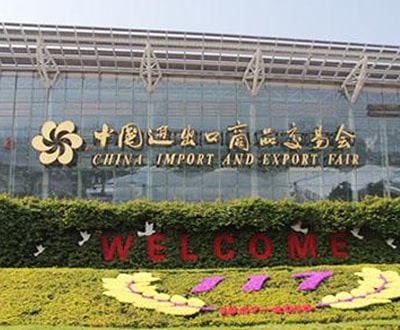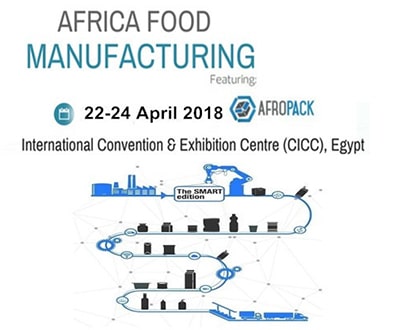Liquid Ring Vacuum Packaged Systems: The Ultimate Guide
The Ultimate Guide to Understanding Liquid Ring Vacuum Packaged Systems
When it comes to industrial applications and processes, having efficient and reliable vacuum systems is crucial. One popular choice for many industries is the liquid ring vacuum packaged system. In this comprehensive guide, we’ll delve deep into the workings of these systems, their advantages, and how they are used across various sectors.
Understanding Liquid Ring Vacuum Technology
Liquid ring vacuum systems rely on the principle of a rotating liquid ring to create a vacuum. The liquid ring, typically water, acts as a sealant and generates the vacuum through centrifugal force. This technology offers several benefits, including a relatively low operational noise level, ability to handle condensable vapors, and minimal maintenance requirements.
Applications of Liquid Ring Vacuum Packaged Systems
These versatile systems find applications in diverse industries such as pharmaceuticals, food processing, petrochemicals, and more. From liquid ring compressors in gas recovery processes to vacuum distillation in chemical plants, the uses of these systems are extensive and varied.
Advantages and Disadvantages
While liquid ring vacuum systems offer several advantages, such as handling liquid carryover and being less prone to damage from ingested particles, they also have limitations. Issues like water consumption and lower efficiency at high vacuum levels are among the drawbacks that users should consider.
Key Considerations in System Selection
When choosing a liquid ring vacuum packaged system, factors like operating pressure, capacity requirements, and process conditions play a crucial role. Proper sizing, material compatibility, and maintenance planning are vital aspects to ensure optimal performance and longevity of the system.
Future Trends and Innovations
As technology advances, liquid ring vacuum systems continue to evolve. Innovations in materials, design, and energy efficiency are transforming the landscape of vacuum technology. From intelligent control systems to eco-friendly solutions, the future looks promising for liquid ring vacuum packaged systems.
Conclusion
Through this guide, we’ve explored the intricacies of liquid ring vacuum packaged systems, their applications, pros, and cons. With a better understanding of these systems, businesses can make informed decisions when selecting and utilizing vacuum technology for their industrial processes.
-
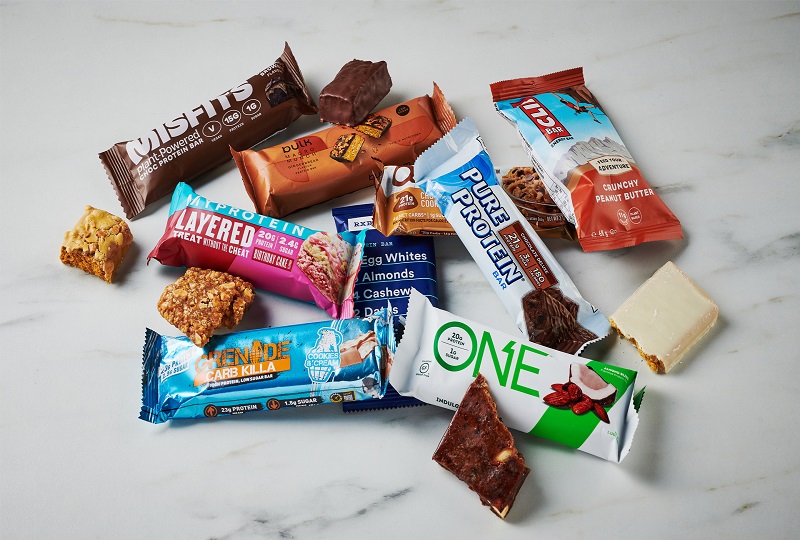 01
01Further Discussion About Protein Bar Packing Machinery
27-02-2024 -
 02
02Sustain The Best Crispy With Automatic Packaging Machines
29-01-2024 -
 03
03Bread Packing Machine For Bakery Business
19-01-2024 -
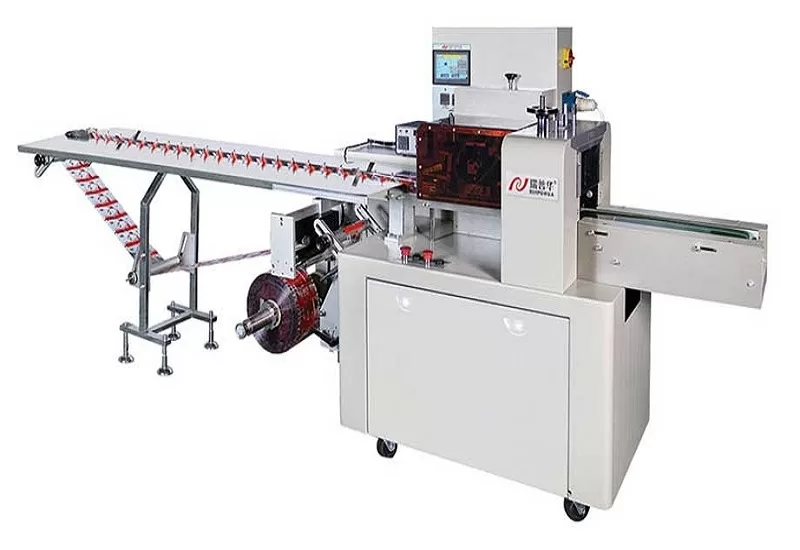 04
04How Flow Wrappers Are Adapting to Changing Trends
01-11-2023 -
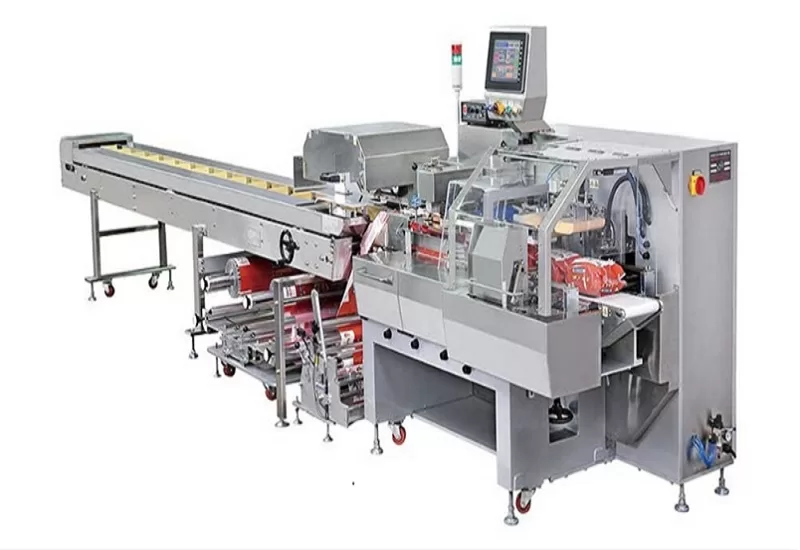 05
05The Comprehensive Guide to Packaging Machinery
31-10-2023 -
 06
06Automatic Cookie Packaging System Performance
01-09-2023 -
 07
07Streamlining Biscuit Packaging with Multipack Biscuit Packaging Machines
25-08-2023 -
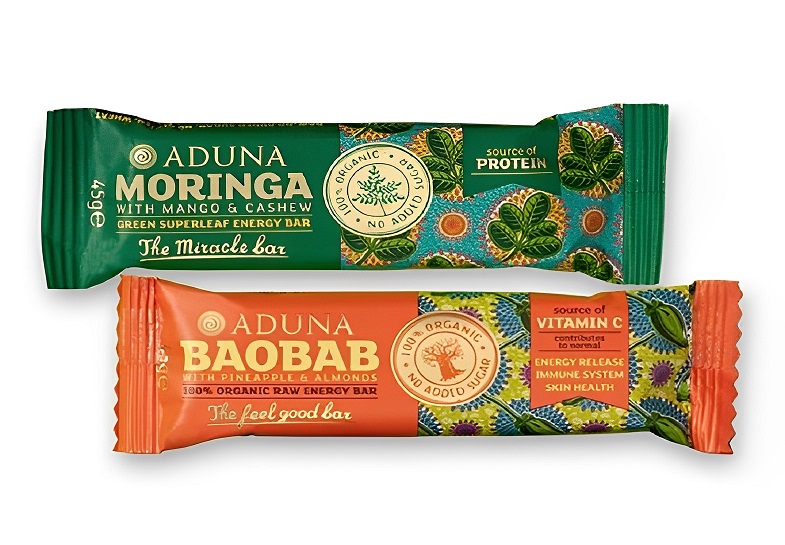 08
08From Assembly To Shipping: The Energy Bar Packaging Machine Does All
28-02-2023 -
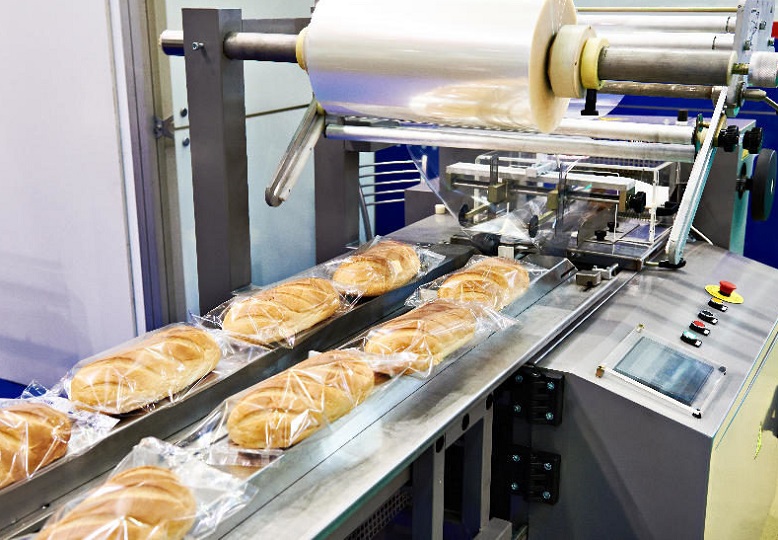 09
09Maximizing Efficiency With Food Packaging Machine Technology
22-02-2023 -
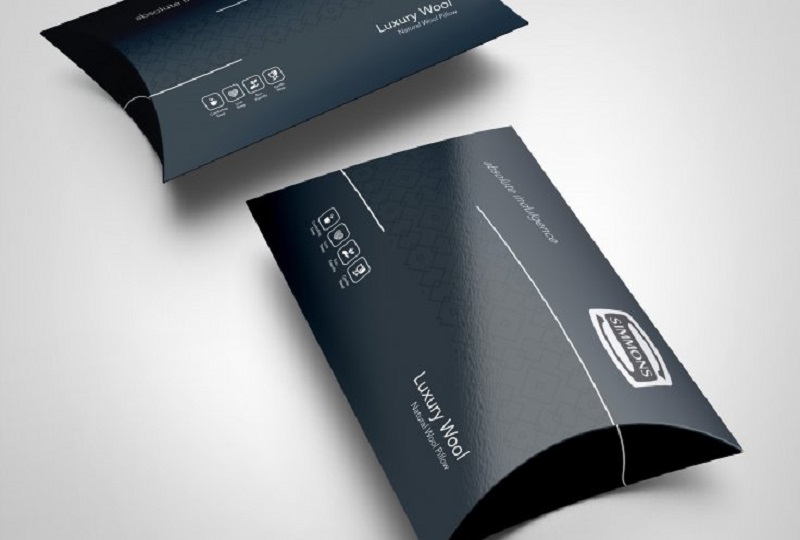 10
10Clients Hunt For Professional And Functional Packaging Machine
10-11-2022



